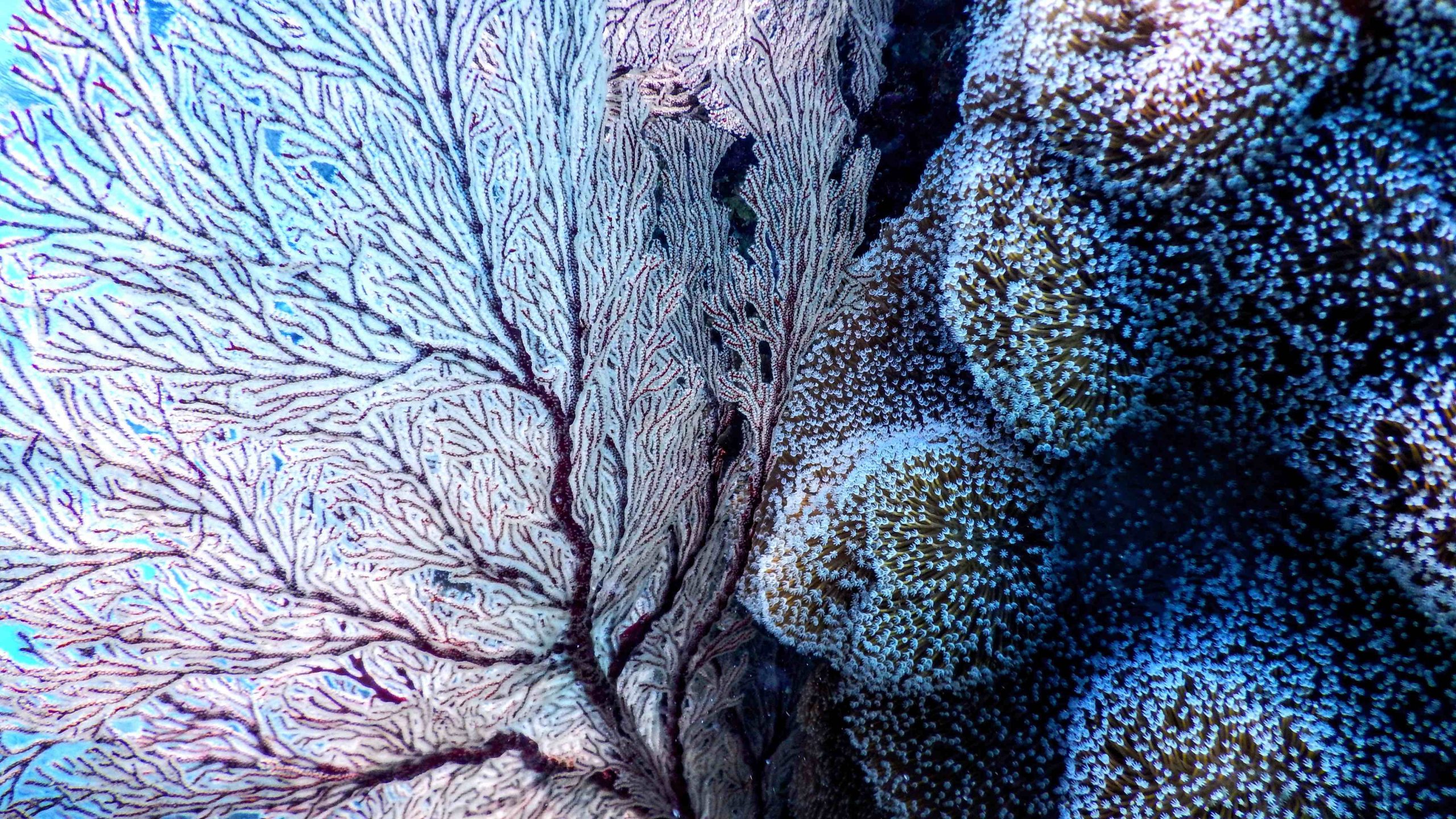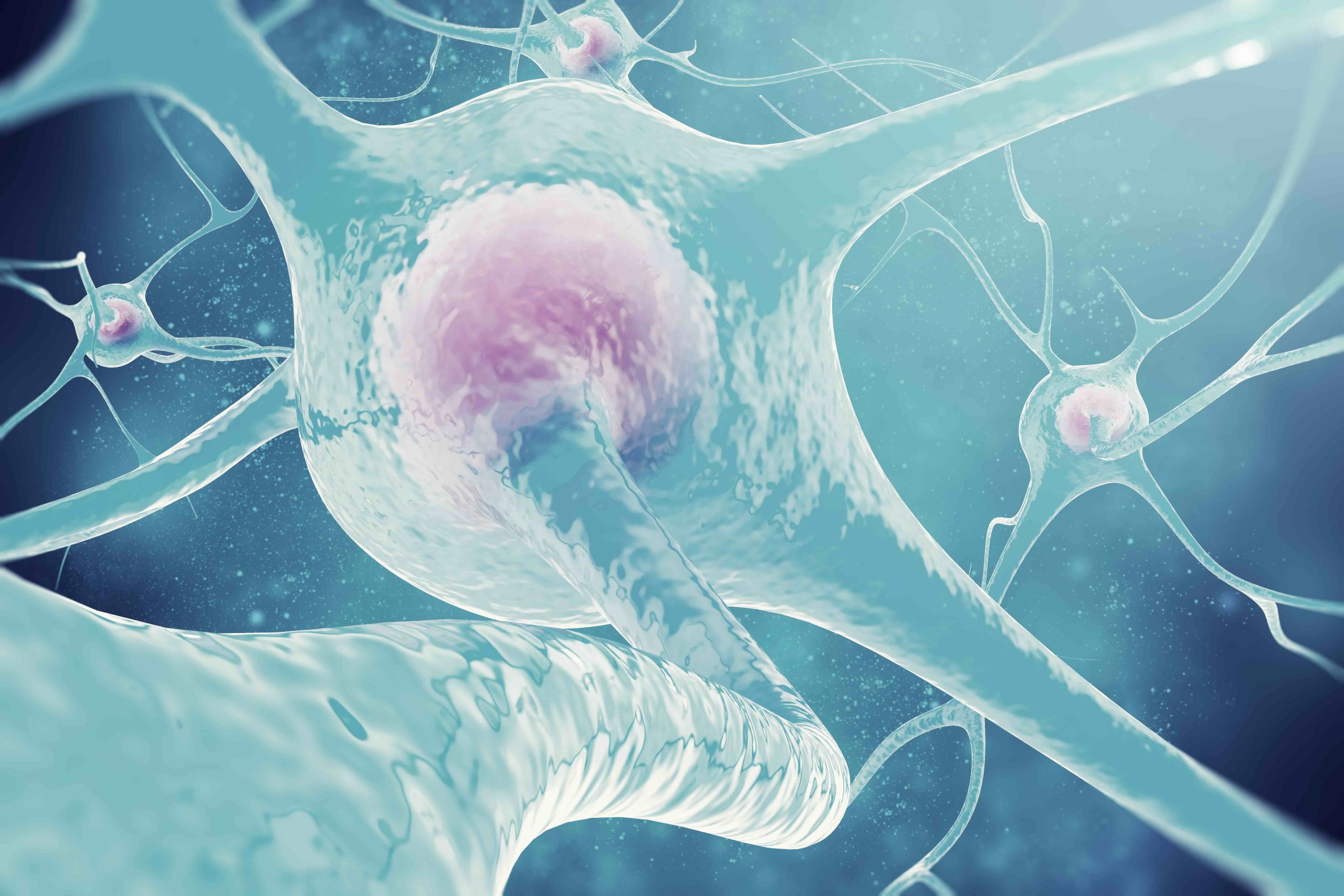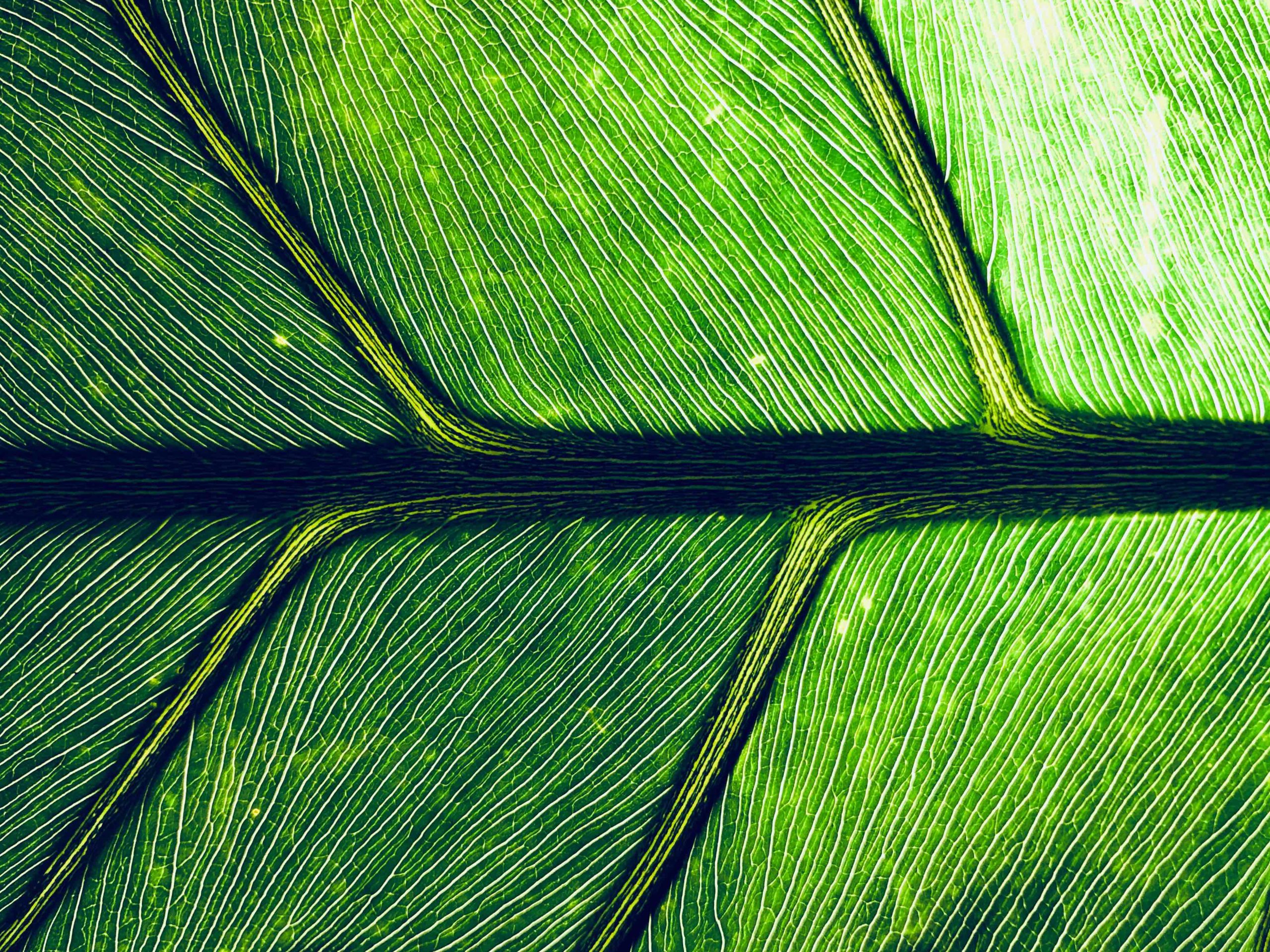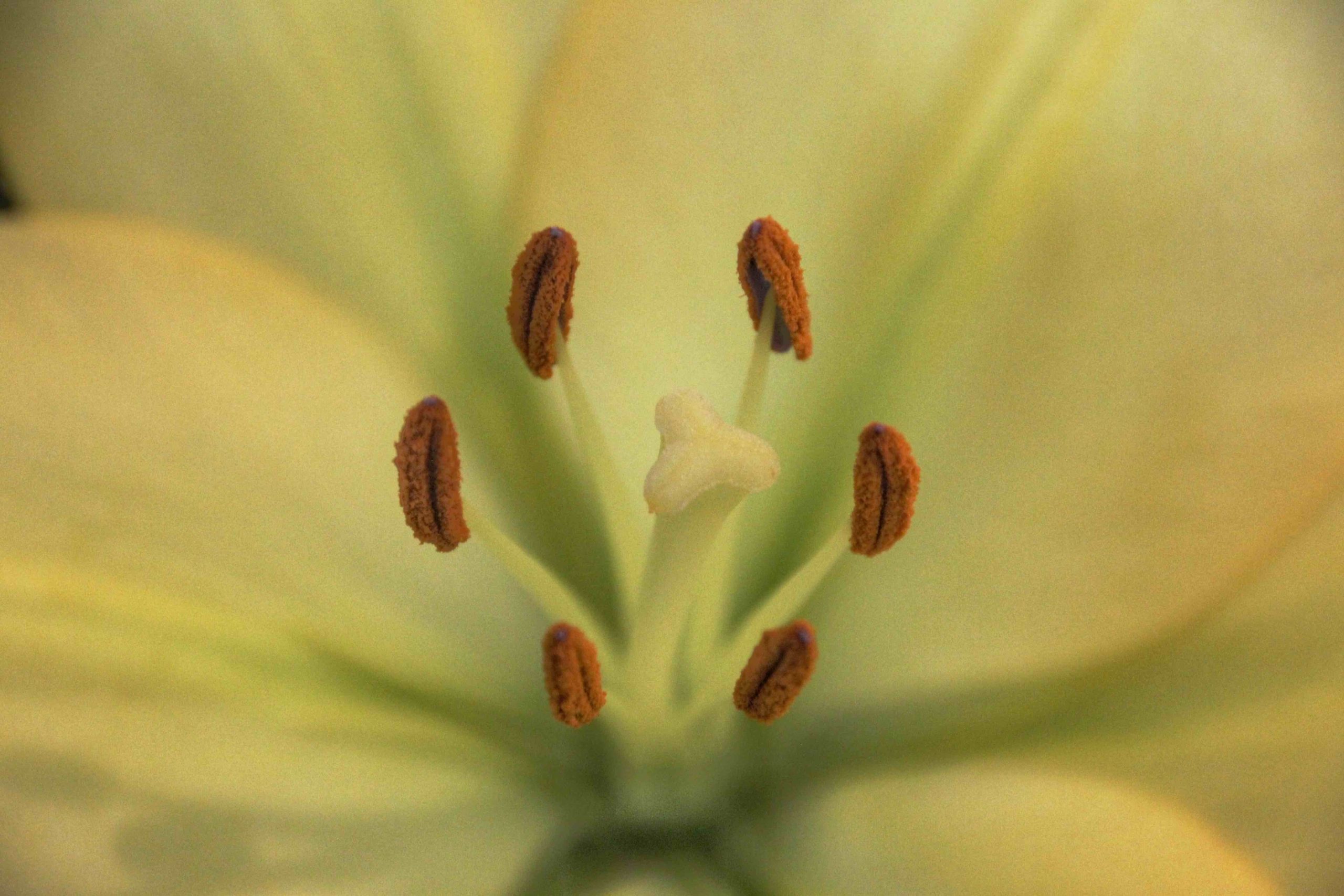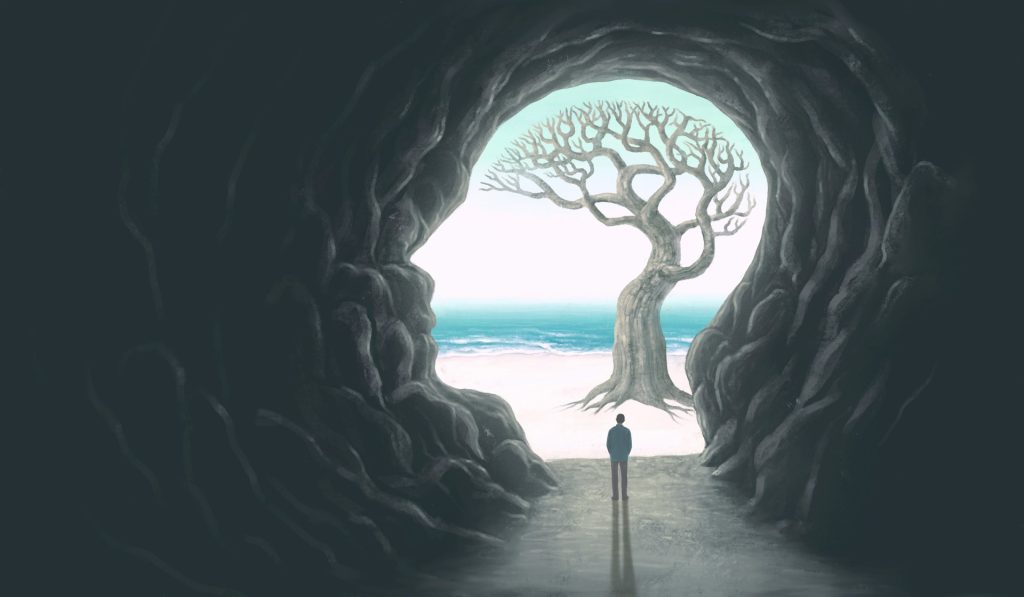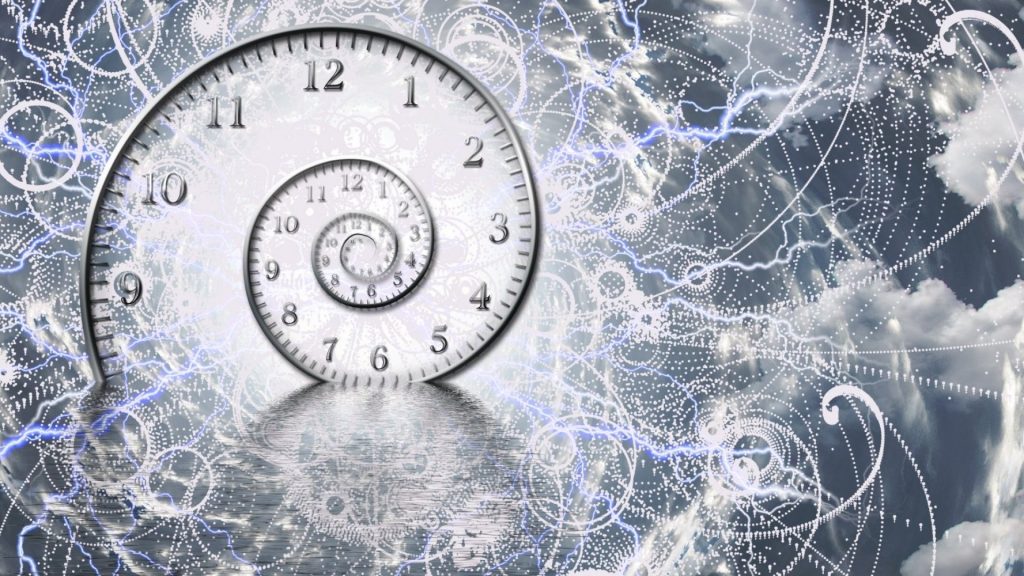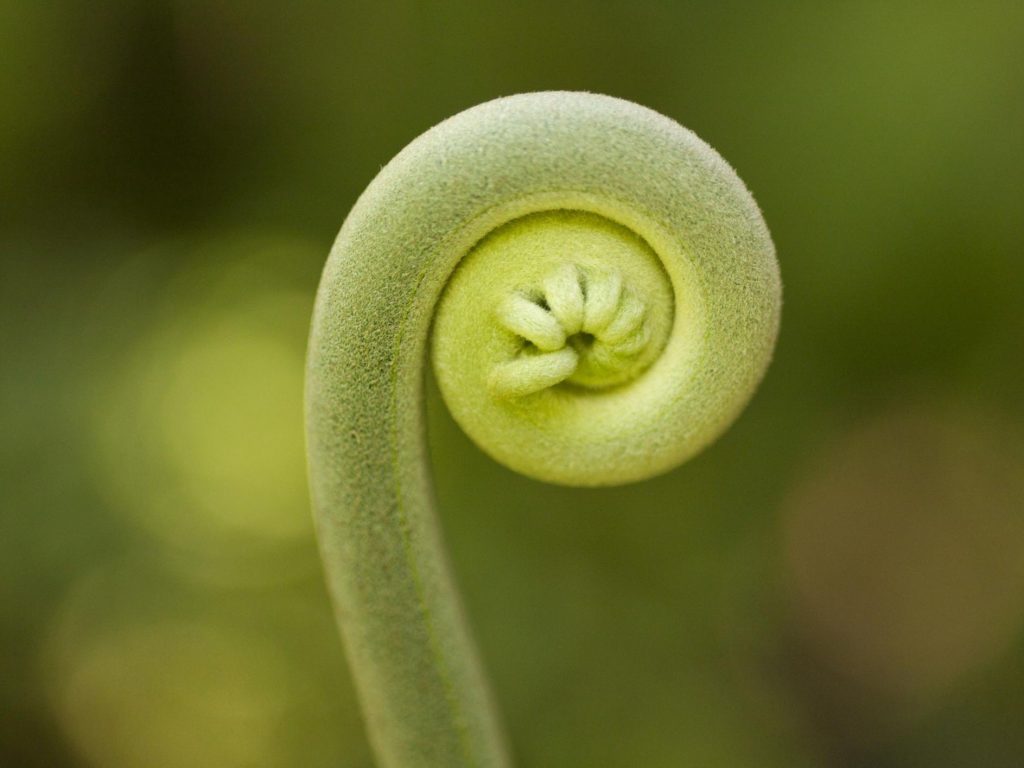Depth Cosmology | New Paradigm Physics
A renewed cosmological paradigm is required in order for humanity to evolve. And evolve we must, for we stand on the precipice of cataclysmic disaster. Having single-handedly instigated a Sixth mass extinction, the ravages of humanity’s extractive society are becoming increasingly evident. It is a meta-crisis that we face, borne of a profound ideological and spiritual chasm within us, and this is inextricable from the reductionist scientific paradigm upon which our prevailing worldview is founded. The current scientific paradigm – also known as materialism – speaks of a random and mechanical universe, devoid of reason, meaning, or intrinsic beauty, where we ourselves are ‘lumbering robots’, (to use Richard Dawkins’ colourful phrase). In contrast to this the new cosmology posits the universe as alive, conscious, and purposeful. Many minds across the ages have intuited this. From the Ancient Hermetics (‘All in Mind, and Mind is All’), to the Greek philosophers of the Axial Age, and the 18th century German idealists – to name a few. Although some details may vary, the metaphysics of these thinkers all point toward the same thing: a conscious cosmos. The metaphysics also point towards self-realising cosmos. Hegel, for instance, emphasised cosmic evolution as oriented towards ultimate freedom (‘the essence of Spirit is freedom’), Jesuit priest Pierre Teilhard de Chardin suggested the cosmos to be co-evolving with the ‘noosphere’ toward a hyper-realised ‘Omega point’, while visionary physicist David Bohm has proposed the ‘holomovement’ of cosmic becoming. The notion of an intelligent, teleological universe is far from novel. What I propose is novel nomenclature to codify this thinking, as well as refine it, as we move ever further into the twenty-first century.

The term I proffer is ‘depth-cosmology’. This is inspired by ‘depth psychology’ – the psychoanalytic model most famously developed Sigmund Freud and Carl Jung, and which completely re-shaped our understanding of what it means to be human. One hundred years later, the next frontier is understanding the ontology of consciousness itself. Just as depth psychology sought to excavate the deepest caverns of the human psyche – its intrinsic nature and expression, its dreams and desires, its processes and its meaning – so depth-cosmology does for the cosmic psyche. Indeed, it understands that consciousness and cosmology are inextricable. This integrative approach speaks to Jean Gebser’s ‘integral’ structure of consciousness: an expanded perceptual framework that, in its ‘transparency’, sees through all illusions and limitations of prior thinking. Depth cosmology not only describes a new kind of cosmologist – whose thinking is grounded in coherent, trans-disciplinary praxis – it offers the foundation for a new worldview, one that supports our place at the heart of an enchanted and benevolent cosmos.
The fundamental principle of depth-cosmology is that the universe is a Mind, but it goes way beyond pan-psychism. This is not a static and transcendent universe, but dynamic, process oriented and – just like humanity – self-actualising. Furthermore, it supports the possibility of cosmic personalisation, the idea that the universe, in its unfolding evolution, is developing an increasingly individuated ‘character’, or identity. David Bohm’s cosmology hints at this idea, since he considered the human individual to be an ‘intrinsic feature of the universe, which would be incomplete – in some fundamental sense [if the individual person did not exist]’. Furthermore, he stated that within the Implicate Order there is, ‘a consciousness, deep down, of the whole of mankind’. After all, it is all one Mind. But I maintain that this Mind is not a ground of impersonal, Infinite Intelligence. Rather, I suggest that ‘it’ can be onticized. Since the universe is fractal in nature (and therefore self-similar across different scales), I argue that the human Mind, characterised as it is by a distinct sense of Self, is but a microcosm of a larger Cosmic Self. I propose then, that, we are neurons in the neural network of a cosmic brain, that the brain ‘tissue’ is the substance of the universe, and that this brain belongs to an actual Being – a Being of an order of magnitude so great, it is beyond what we will ever understand.
On the contrary to the physically oriented approach of materialist science, Depth Cosmology demands the emancipation of our imagination from that which is immediately perceptible. It asks us to swing the doors of perception wide open and elasticate our minds. Depth cosmology is more than a scientific approach, it is a pathway, a style of being-in-the-world. It is also a hermeneutic, as in, it echoes the methodology of literary critique; it speaks to the process of textual analysis and the felt experience of poetic wonder. Why? Because the art of literary criticism involves detecting patterns and interpreting the meaning therein, and becoming intimate with the cosmos requires a similar approach. Critiquing literature – like decoding the cosmos – is the process of deciphering. It is a teasing out of the meaning embedded in the text, which is shaped by the form: ‘the medium is the message’ in superlative literary art, the aesthetic merit wrought through the relationship between form and content. Phenomenology (such as that of philosopher Maurice Merleau-Ponty) indicates that words are far more than perfunctory signifiers, they are things unto themselves and literary beauty emerges from the shape of the words, from the images and feelings they evoke; the motifs, the refrains, the rhythm, the cadence and the spaces in between. It is mining into this that allows deeper meaning to transpire, and which cultivates a richer aesthetic experience. It is from close, careful reading that we can come to understand ‘what’ has been moved within us, and why, so the depth cosmologist could thus be described as a ‘writerly reader’, to use Roland Barthes’ phrase. To behold the cosmos and commune with it is an aesthetic (and often mystical) experience; it is something to behold, to read, to listen to, and interpret. The depth cosmologist, then, has a poetic sensibility as well as a mathematical mind. She thinks with her intellect just as she feels through her senses.
In the words of Virginia Woolf, ‘…it is a constant idea of mine; that behind the cotton wool is hidden a pattern; that we — I mean all human beings — are connected with this; that the whole world is a work of art; that we are parts of the work of art Hamlet or a Beethoven quartet is the truth about this vast mass that we call the world.’ This universe is demonstratively aesthetic, and we must accept this as an intrinsic property – not something super-imposed by human consciousness. When we study physics, we are studying the architecture of the cosmic artwork; the architecture of the cosmic mind. This is why we need depth cosmologists who – like literary critics – reach toward the whole work of art; the cosmic gestalt: i.e., not just what is and what has been, but what will be; the recognition that on a higher order of reality, that it is all already realised, it is already written.
Richard Tarnas’ epic tome Cosmos and Psyche is an example of proto-depth-cosmology. Since depth-cosmology is a fully integral approach, it necessitates the creative synthesis of myth, poetics, astrology, philosophy, cultural history and the extensive exposition of mathematics and physics. Hard science is not a feature of Tarnas’s work, but he is pretty close. In regards to the fundamental question why it is that celestial, archetypal processes exist, he responds: ‘There are many possible answers to this question, not the least of which may point to some kind of intrinsic aesthetic splendour in the universe, and overflow of cosmic intelligence and delight that reveals itself in this continuous marriage of mathematical astronomy and mythic poetry.’ I concur with this statement and suggest that the cosmic psyche has an aesthetic, poetic topology. Not only is the universe realising itself in the grand unfoldment of becoming, it is a work of art in perpetual poiesis. And so are we. As consciousness evolves, we become ever-greater artworks – we are songs, we are poems, we are paintings. Perhaps, then, the process of cosmic personalisation could be seen as such: the writer writing herself into being; the sculptor chipping away at marble to discover what lies within; a process of increasingly complex expression, and ever-greater refinement. In the words of Spanish poet Jamie Gil de Biedma: ‘I believe I wanted to be a poet, but deep down, I just wanted to be a poem’.
Depth cosmologists understand this – they are poet-philosopher-physicists – they are polymaths and integral thinkers. The era of divided disciplines has come to completion – it is an atomistic and reductive approach that is no longer sufficient. While intense specificity on one area has its place (a molecular biologist, for example), it must no longer dominate. It is this that propagates materialist dogma, and a universe devoid of meaning. I suggest depth-cosmology as a means to take science forward into our blossoming integral age.



